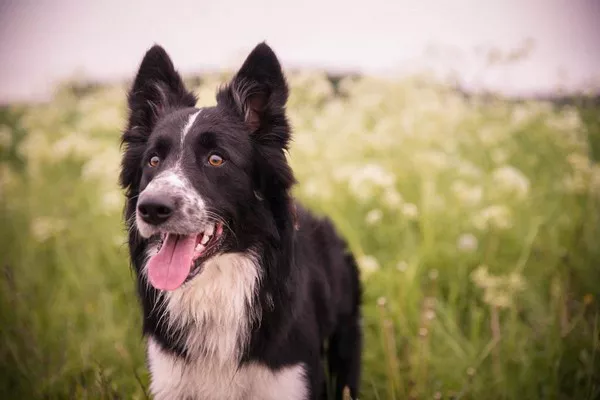Burmese cats are a beloved breed known for their affectionate nature, intelligence, and playful demeanor. As a pet owner, you may wonder about the dietary choices best suited for your feline friend. One common question that arises is: can Burmese cats eat cheese? While cheese is a popular human snack, it is important to consider whether it aligns with a Burmese cat’s nutritional needs and digestive system. This article explores the safety, potential benefits, and risks of feeding cheese to Burmese cats.
Understanding Burmese Cats’ Dietary Needs
Before determining whether cheese is a suitable treat, it is essential to understand the dietary needs of Burmese cats. Like all felines, Burmese cats are obligate carnivores, meaning their primary source of nutrition should come from animal-based proteins. Their diet should be high in protein and fat while being low in carbohydrates. The ideal diet for a Burmese cat includes:
- High-quality animal protein (e.g., chicken, turkey, beef, or fish)
- Essential fatty acids for skin and coat health
- Taurine, an amino acid crucial for heart and eye health
- Vitamins and minerals to support overall well-being
While cats can tolerate some non-meat foods in small amounts, their digestive systems are not well-equipped to process dairy products like cheese.
The Composition of Cheese and Its Effects on Cats
Cheese is a dairy product made from milk, and its composition varies depending on the type. Generally, cheese contains:
Protein: Beneficial for muscle maintenance
Fat: A source of energy
Lactose: A sugar found in milk
Salt and Additives: Often present in processed cheese varieties
The main concern with cheese is the presence of lactose. While kittens produce lactase, the enzyme needed to digest lactose, their ability to do so decreases as they grow older. Most adult cats, including Burmese cats, are lactose intolerant to some degree. This means consuming cheese may cause digestive issues such as:
- Diarrhea
- Bloating
- Gas
- Stomach discomfort
Does the Type of Cheese Matter?
The lactose content in cheese varies depending on the type. Some cheeses contain less lactose than others, making them slightly safer for cats to consume in very small quantities. Here’s a breakdown of different cheese types:
Hard Cheeses (Cheddar, Parmesan, Swiss)
- Lower in lactose compared to soft cheeses
- High in fat and salt
- Best avoided due to potential digestive issues
Soft Cheeses (Mozzarella, Brie, Camembert)
- Higher lactose content
- Can cause stomach upset
- Not recommended for cats
Cottage Cheese and Cream Cheese
- Contains moderate lactose levels
- Can be difficult for cats to digest
- May cause diarrhea or vomiting
Lactose-Free Cheese
- Some cheeses are specifically made to be lactose-free
- A safer option but still high in fat and salt
- Should be given in very small amounts
Potential Benefits of Cheese for Burmese Cats
While cheese is not an essential part of a cat’s diet, it does have some potential benefits when fed in moderation:
Protein Source: Cheese contains protein, which is an important nutrient for cats.
Training Aid: Some pet owners use cheese as an occasional treat during training.
Medication Administration: Small amounts of cheese can help mask the taste of medicine.
However, these benefits do not outweigh the potential risks, especially for lactose-intolerant cats.
Risks of Feeding Cheese to Burmese Cats
Feeding cheese to Burmese cats comes with several risks, including:
Lactose Intolerance
Most cats lack the enzyme needed to break down lactose, leading to digestive problems.
High Fat Content
Too much fat in a cat’s diet can contribute to obesity and pancreatitis.
Sodium Concerns
Many cheeses contain high levels of salt, which can be harmful to a cat’s kidneys and heart.
Allergic Reactions
Some cats may be allergic to dairy products, leading to skin irritations and digestive distress.
Gastrointestinal Upset
Even small amounts of cheese can cause diarrhea, vomiting, or bloating in sensitive cats.
How to Safely Offer Cheese to a Burmese Cat
If you still want to offer cheese to your Burmese cat, it is important to do so safely. Here are some guidelines:
Only offer small amounts: A tiny piece as an occasional treat is preferable.
Choose low-lactose cheese: Hard cheeses with lower lactose content are a better option.
Monitor for reactions: Watch for signs of digestive upset after feeding cheese.
Avoid processed cheese: Avoid cheese products with artificial additives, spices, or garlic, which are toxic to cats.
Healthier Alternatives to Cheese
Instead of cheese, consider offering healthier cat-friendly treats, such as:
Cooked chicken or turkey (high in protein and easy to digest)
Freeze-dried meat treats (nutrient-rich and convenient)
Catnip or cat grass (a natural and enjoyable treat)
Commercially available cat treats (formulated for feline health)
Conclusion
So, can Burmese cats eat cheese? While a small amount of certain cheeses may not be immediately harmful, it is not an ideal treat for your feline companion. Burmese cats, like most other cats, are lactose intolerant and may experience digestive issues from consuming cheese. The risks, including stomach upset, obesity, and high sodium intake, outweigh the minimal benefits. Instead, opt for healthier treats that align with their carnivorous dietary needs. If you have any doubts, always consult your veterinarian before introducing new foods into your Burmese cat’s diet. Prioritizing your cat’s health and well-being will ensure they remain happy and energetic for years to come.
Related Topics:






















